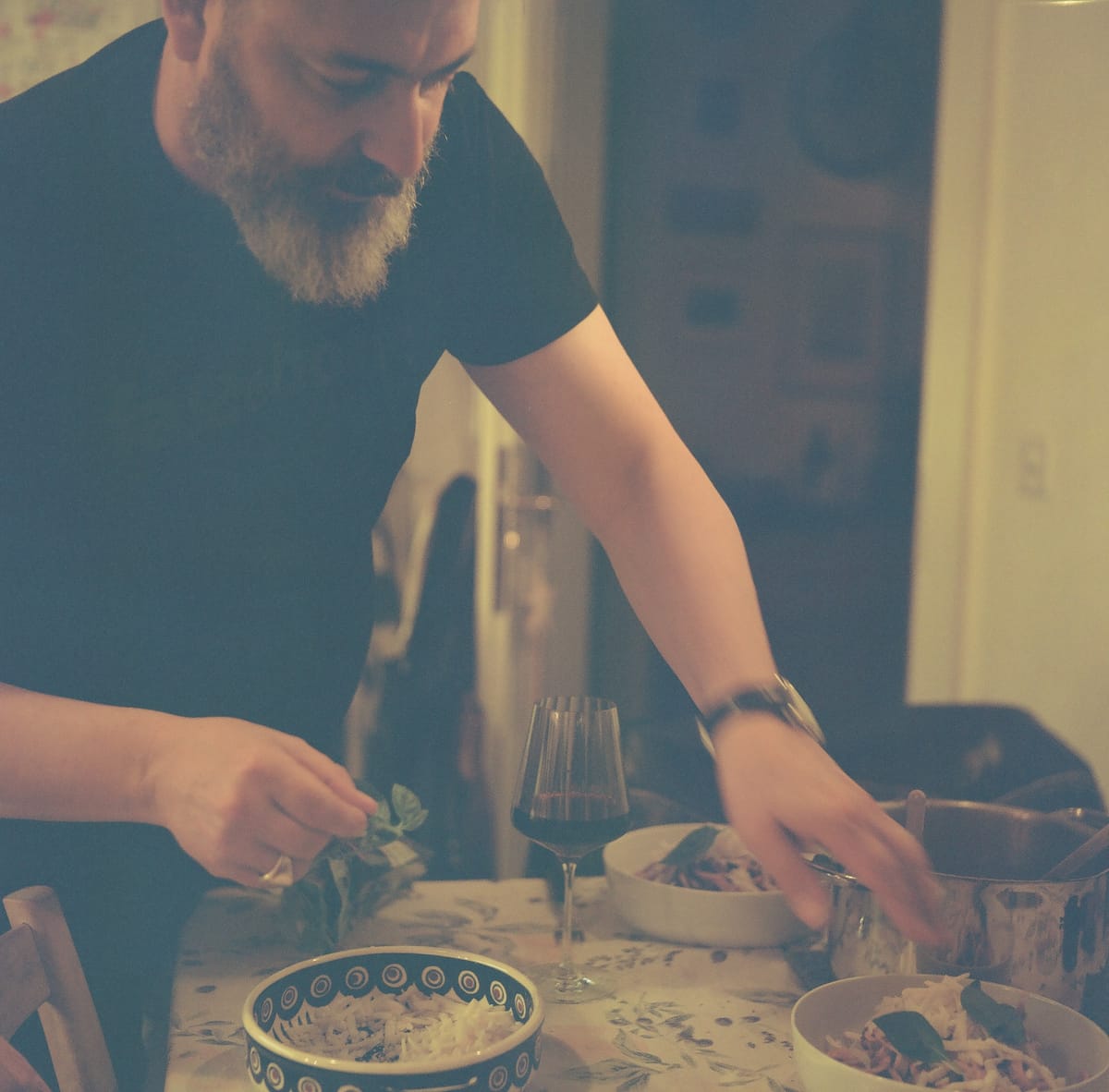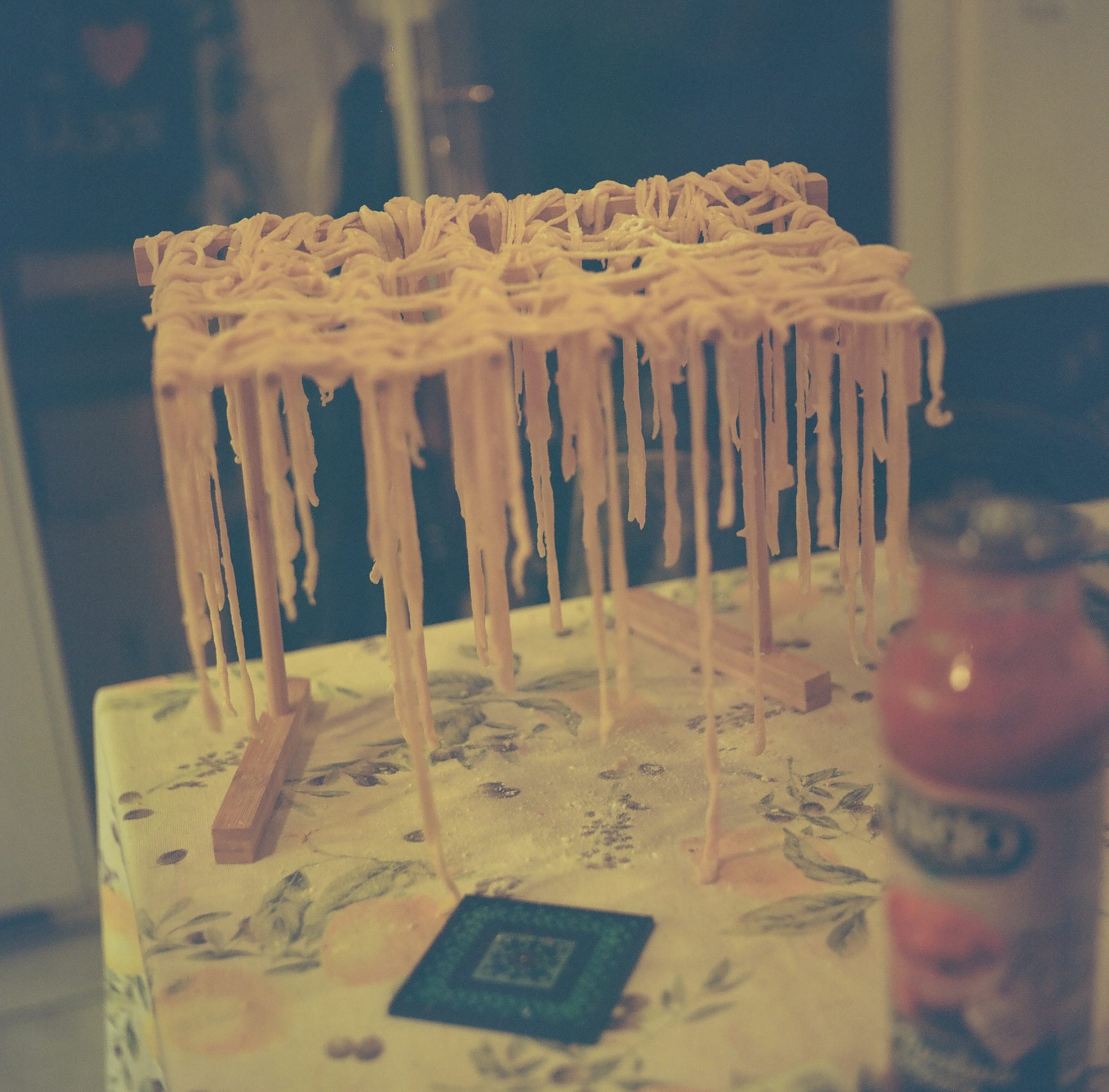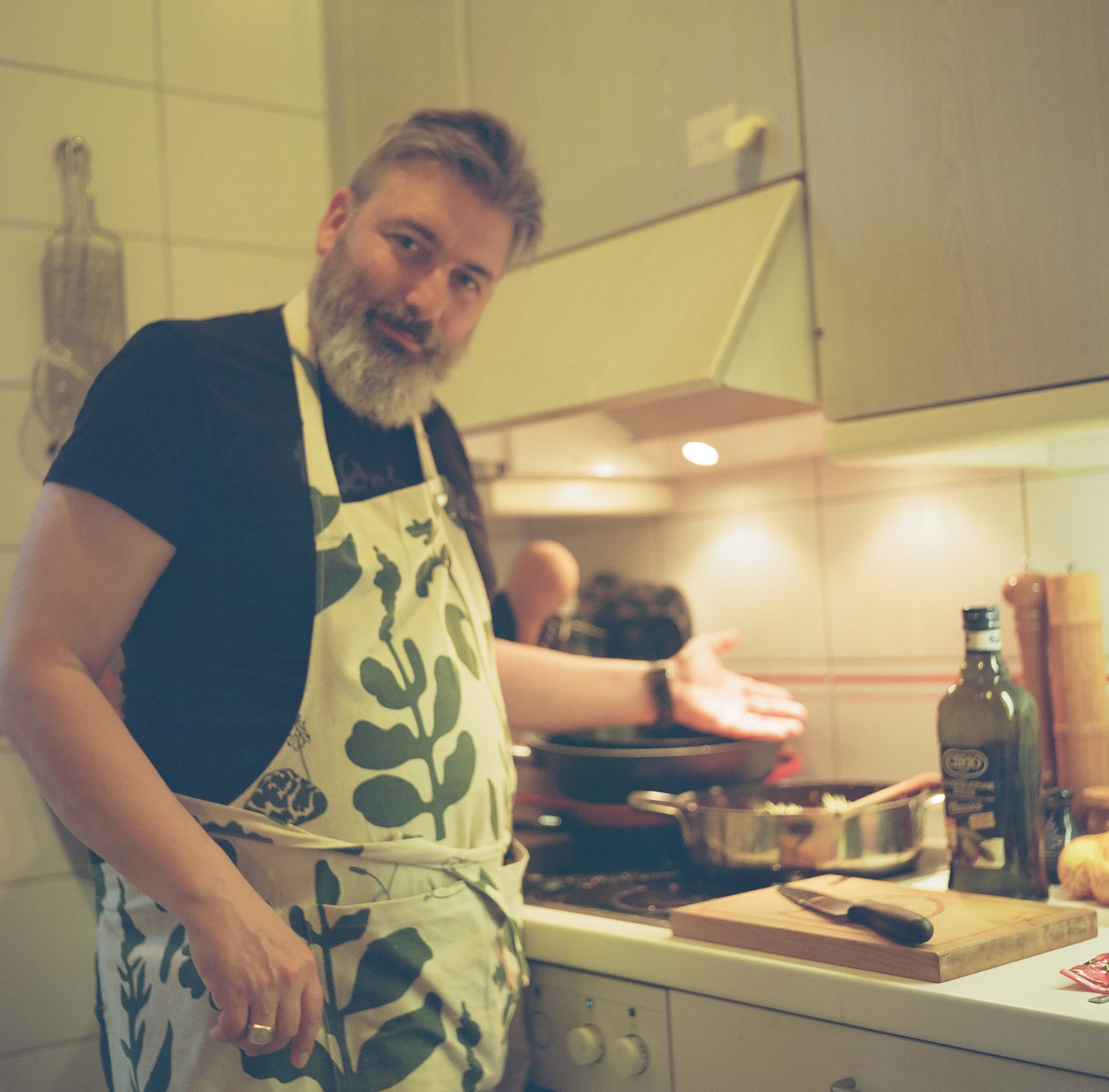What to eat ITALY 🇮🇹 Pasta con sugo
One of the great myths surrounding pasta is that it is Marco Polo who discovered pasta on his voyages to China... At the time of Polo’s travels in the Orient though, there were already references to pasta on the Italian peninsula.

Pasta con sugo
Published January 24, 2025 · by Amanda Rivkin Häsler
One of the great myths surrounding pasta is that it is Marco Polo who discovered pasta on his voyages to China. This myth though originated in the Macaroni Journal, a publication run by an association of food industries with the goal of promoting pasta in the United States. Like all oversized American influences on the world, myths can take on a life of their own thanks to marketing.
Those who believe the myth point to a famous passage from Marco Polo’s Travels where he mentions something about a tree that produces something akin to pasta. However, this tree is most likely the sago palm which produces a starchy food that resembles pasta but is not quite the same thing, albeit it reminded the early transcontinental Venetian traveler of his home country.

At the time of Polo’s travels in the Orient though, there were already references to pasta on the Italian peninsula. In the twelfth century, al-Idrisi, the Muslim geographer, wrote of seeing the production of pasta in Sicily and in the 1270s, a soldier in Genoa is reported to have owned a basket of macaronis.
In fact, there is some evidence of the Etruscans making something akin to pasta in 400 BC, a development independent of noodles in the far east. In the first century AD, Horace recorded lagana as a fine sheet of fried dough and noted it was an everyday food. In the second century AD, Athenaeus of Naucratis records lagana as well and attributes it to the first century Chryssipus of Tyana. Then there is the detail that the juice of crushed lettuce as well as spices are added, but the author notes it is also fried in oil.
By the early fifth century, a cookbook describes a precursor to contemporary lasagna in the form of layers of dough with meat stuffing. However, pasta as we imagine it in contemporary global cuisine is most likely to have originated with trade around the Mediterranean during the Middle Ages. From the thirteenth century, there are already numerous references to pasta dishes prepared across what is present day Italy.
By the age of exploration in the fourteenth and fifteenth centuries, dried pasta is already a force of culinary life in the expansionary and geopolitical ambitions of the European empires. Dried pasta could be stored and shipped, making it essential for survival at sea and in far-away lands with uncertain habits, potential diseases and likely hostile environments. A mere century later, pasta was already a worldwide phenomenon.

Before the introduction of tomatoes though from the New World, pasta was largely consumed dry, with one’s hands, not unlike bread. The introduction of tomato-based sauces to pasta is a relatively recent invention in comparison to the long history of pasta. While tomatoes appeared in Europe already from the New World by the seventeenth century, they were treated as an ornamental fruit and with a great deal of suspicion as potentially toxic.
Siena doctor Andrea Mattioli tried to convince the scientific community otherwise but it took a century for his views to become mainstream. It was only when peasants on the brink of starvation reached for it, initially as a soup to neutralize the acidic properties, that people realized it was not as toxic as they feared.
The lack of mass plague among tomato-consuming peasants prompted Antonio Latini, a cook for the Spanish viceroy in Naples, to create “salsa di pomadoro alla Spagnola” in 1692, 200 years after Christopher Columbus set sail for the New World. Naples in 1700 was a thriving city, a privileged place connecting Europe with the discoveries of the Americas thanks to Spanish colonies, and the second Mediterranean port of great importance after only Istanbul.
While there is some debate over how the salsa di pomadoro ended up on pasta and even who published the first recipe for what is today one of Italy’s most famous and basic of sauces for pasta, by the second half of the eighteenth century, several chefs were putting the dish into their cookbooks. Given that a society of mercantile traders are likely to spread word fast and most likely through marketplaces, it is unlikely we will ever know where or for whom to credit the first pasta con sugo.
Recipe
Ingredients:
For the sugo:
Black pepper
1 small white onion
Dry cilantro
Fennel
2 teaspoons of paprika
Olive oil
600 grams of ground beef
3-4 tablespoons of tomato paste
Sea salt to taste
1/3 of a cup of wine
2 cans of whole peeled tomatoes
1/2 cup of tomato sauce
2 stems of fresh rosemary
For the pasta:
250 grams of flour
4 eggs
5 tablespoons olive oil
2 large pinches of sea salt
Step 1: Start with the sugo. Add ground pepper to a large saucepan. Place on low heat. Add a pinch of dry cilantro, fennel, and 2 teaspoons of hot paprika. Once you can smell the spices begin to open up in the pan, add a few tablespoons of olive oil.
Step 2: Delicately layer the ground beef on top of the simmering spices and then stir, so the beef takes on the flavors of the dried spices. Begin to sauté meat, turning with a wooden spoon. Add a couple pinches of salt and make sure there is not too much water coming from the meat.
Step 3: Add approximately three to four tablespoons of tomato paste and stir. Add red wine and stir. Add salt to taste.
Step 4: Add two cans of whole peeled tomatoes and stir. Add half a cup of tomato sauce and put rosemary on top. Place on low heat and let simmer for one to two hours
Step 5: For the pasta, combine flour and eggs with a wooden spoon. Add five tablespoons of olive oil, two large pinches of salt and knead with hands when wooden spoon is no longer sufficient. Dust with flour, cover with a cold wet towel and let sit 30 minutes.
Step 6: After 30 minutes, uncover, dust with more flour and cut into quarters and use a pasta machine to first roll the dough thin and then cut the sheets of pasta to a desired size using the machine, placing on a drying rack until ready for boiling.
Step 7: Boil water and add pasta once water is brought to a boil. Strain pasta of water and either combine with sauce in a separate pan or serve pasta and sauce separately, adding sauce on top of the pasta. Garnish with basil leaves and grated parmesan cheese.
Tips, tricks and notes:
We let Georg, aka Giorgio, be our guest chef for the sugo this week. He may be Swiss German, but his soul is most definitely Italian. Buon appetito!
Learn where to eat Italian food in Switzerland.
Follow our social media pages @swissglobaldining on Instagram, TikTok and YouTube